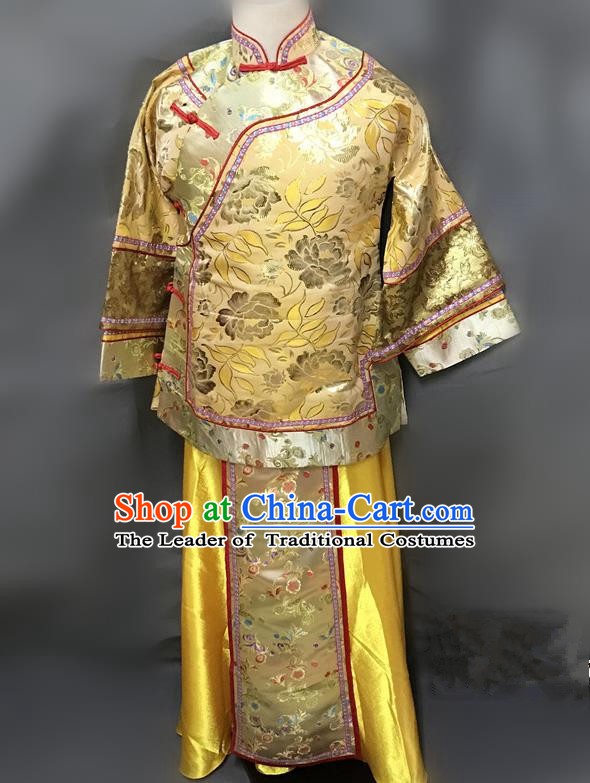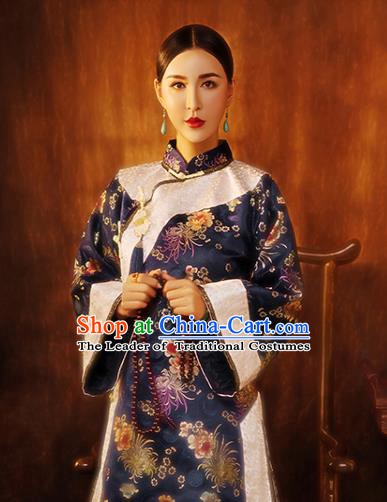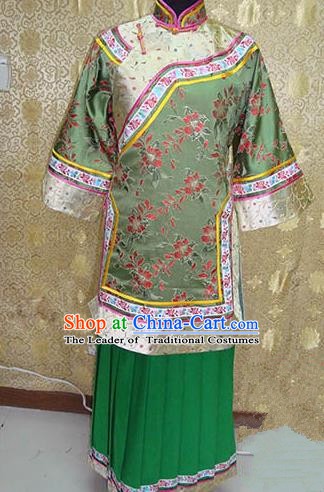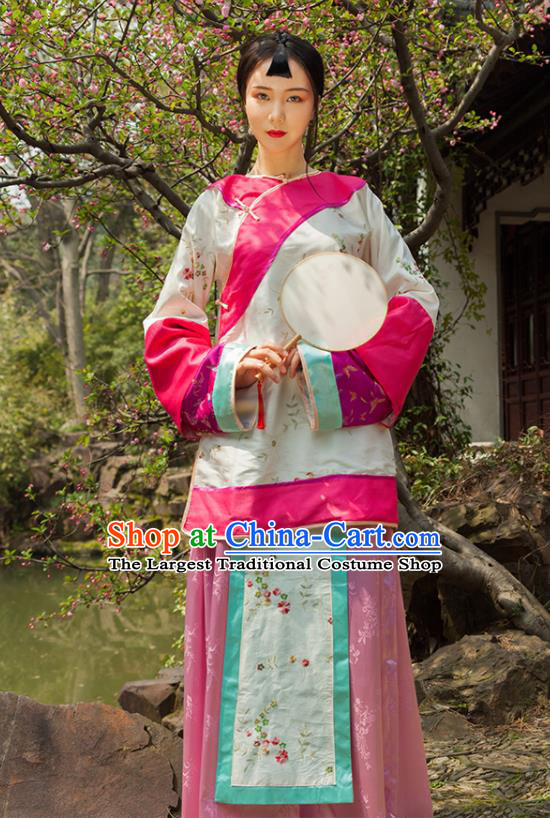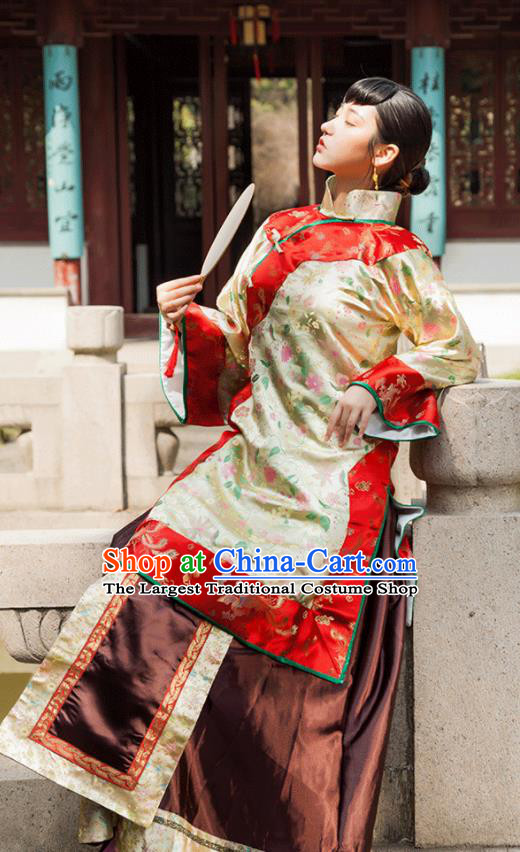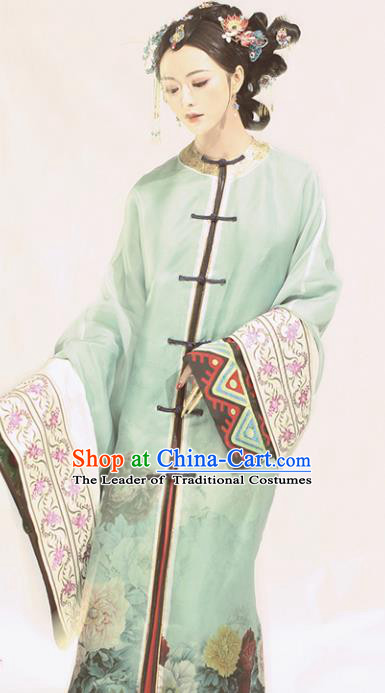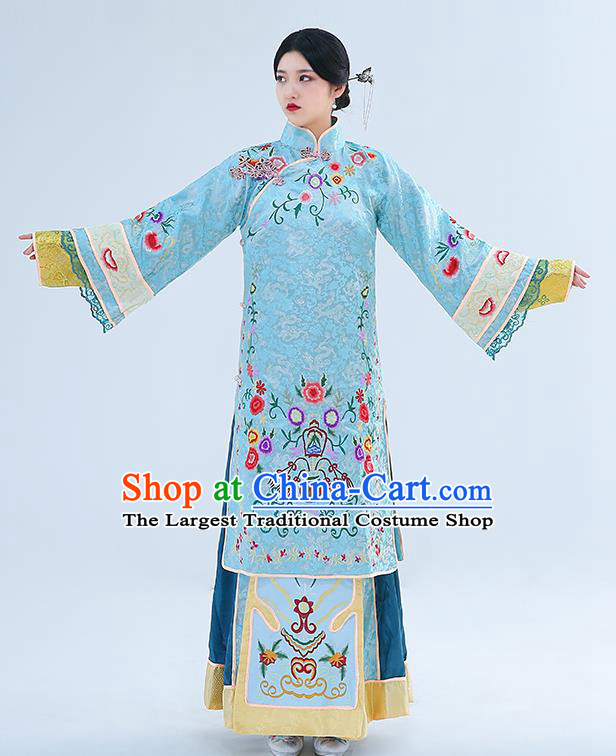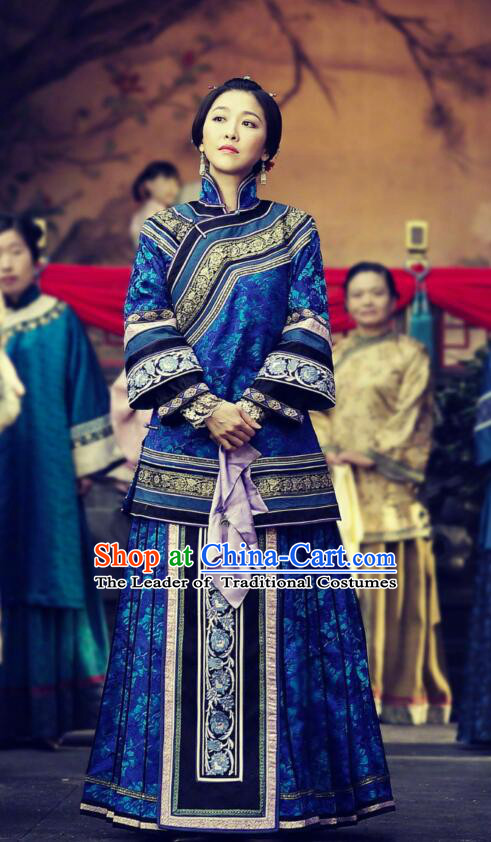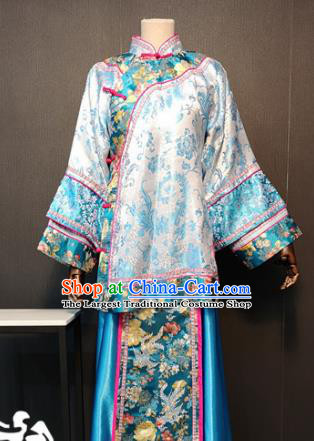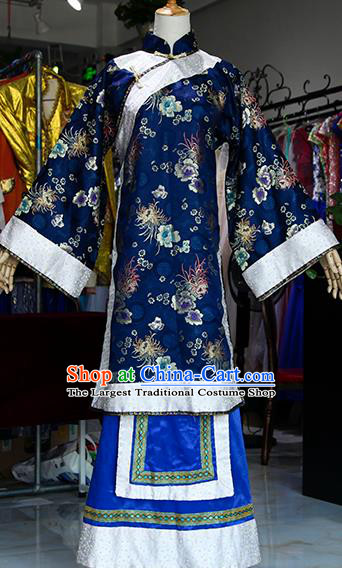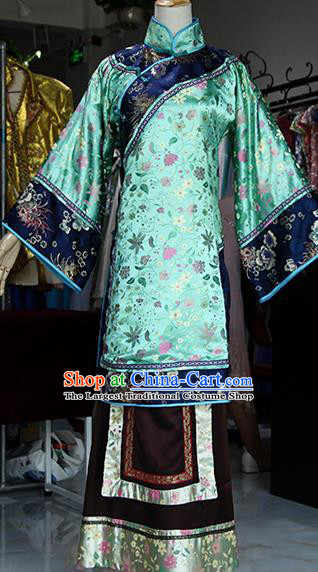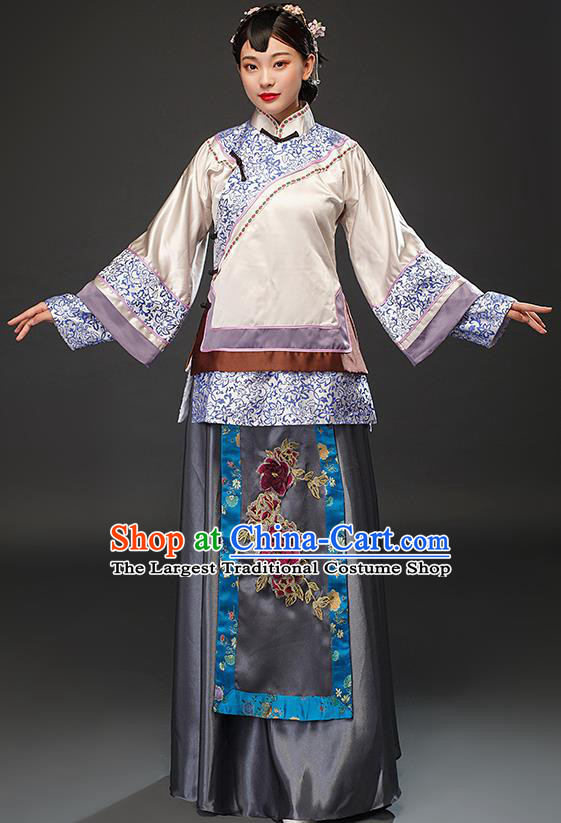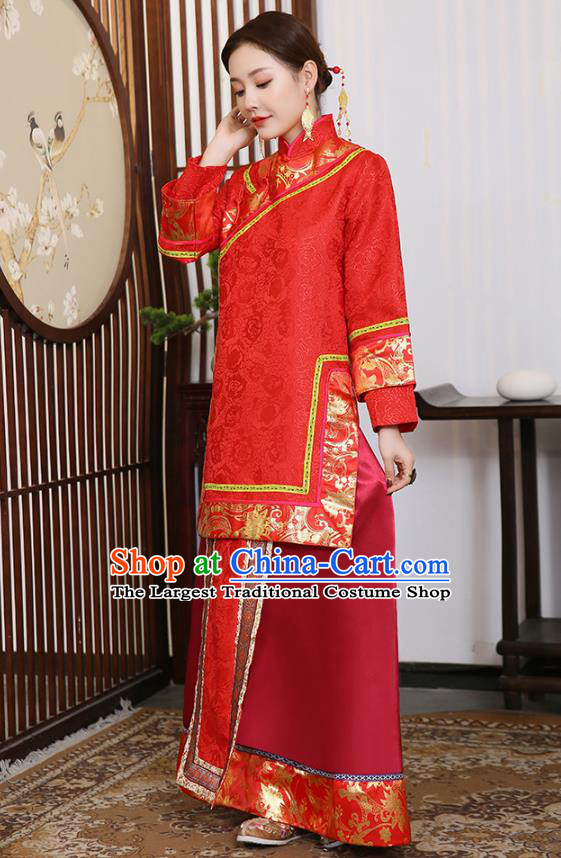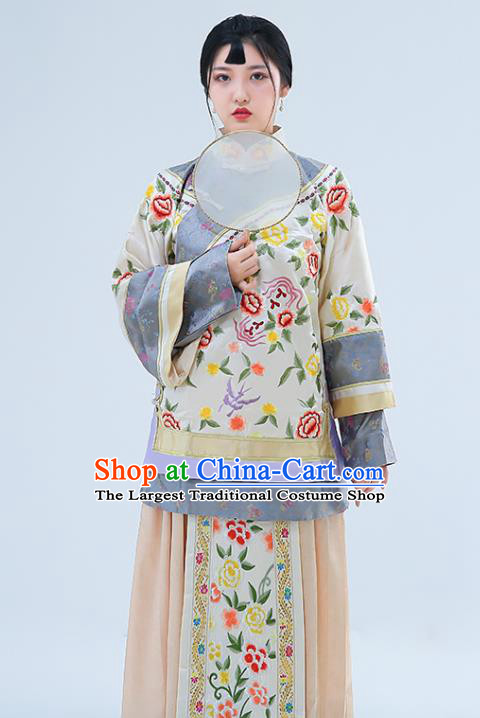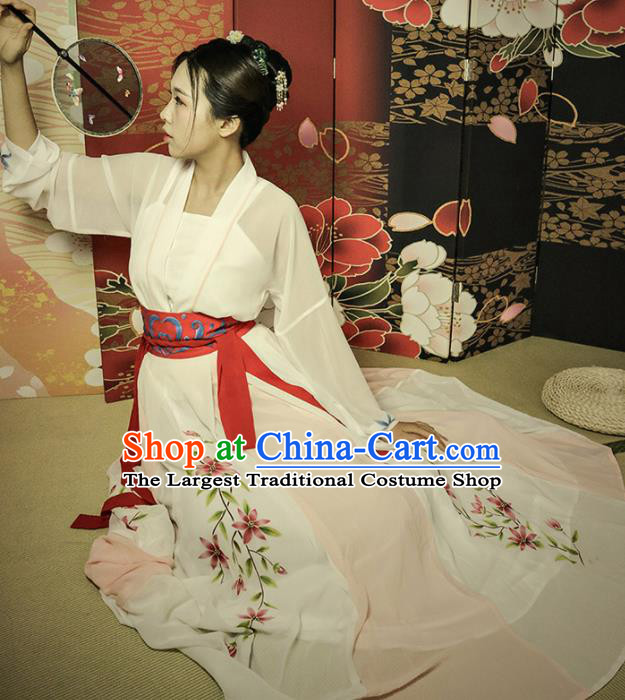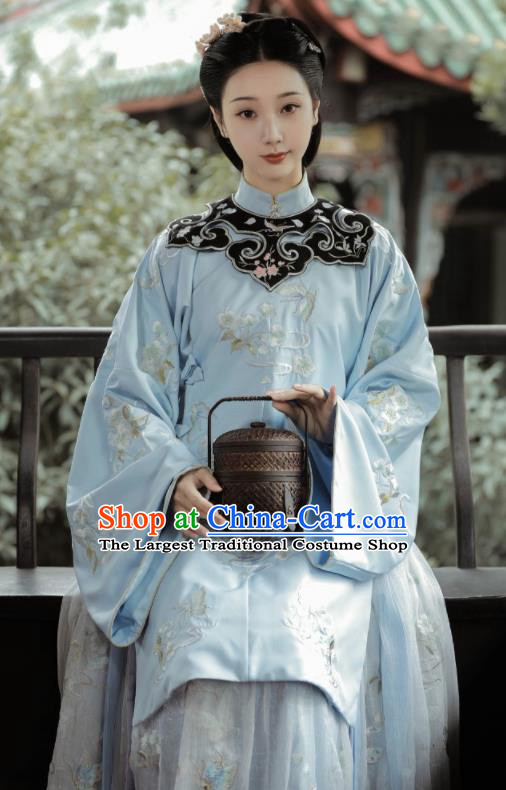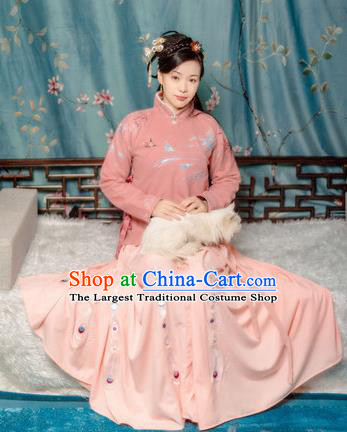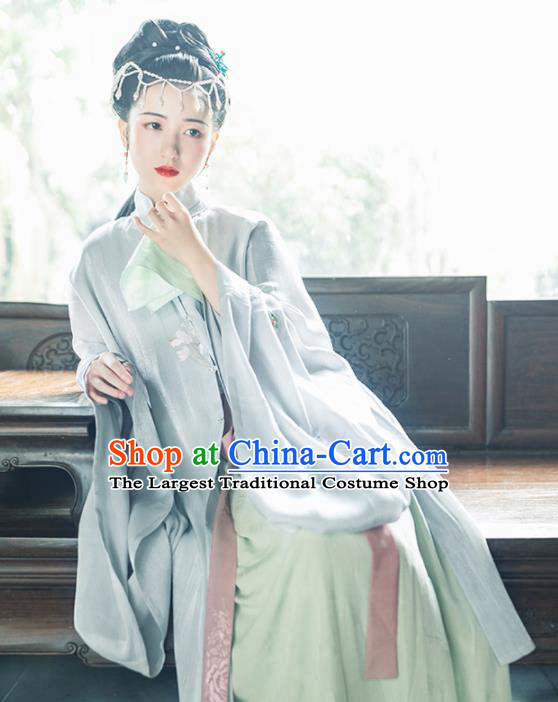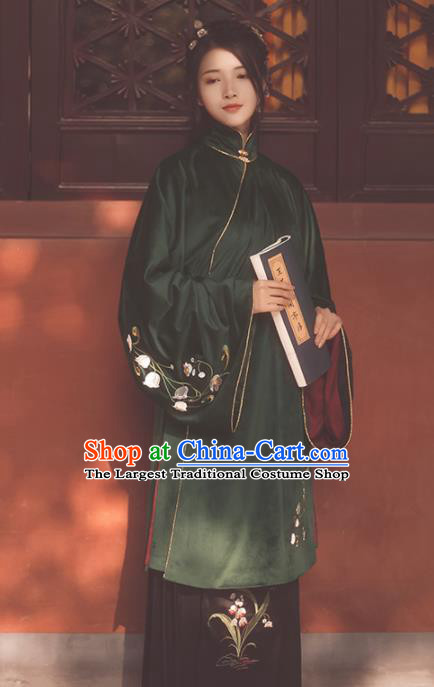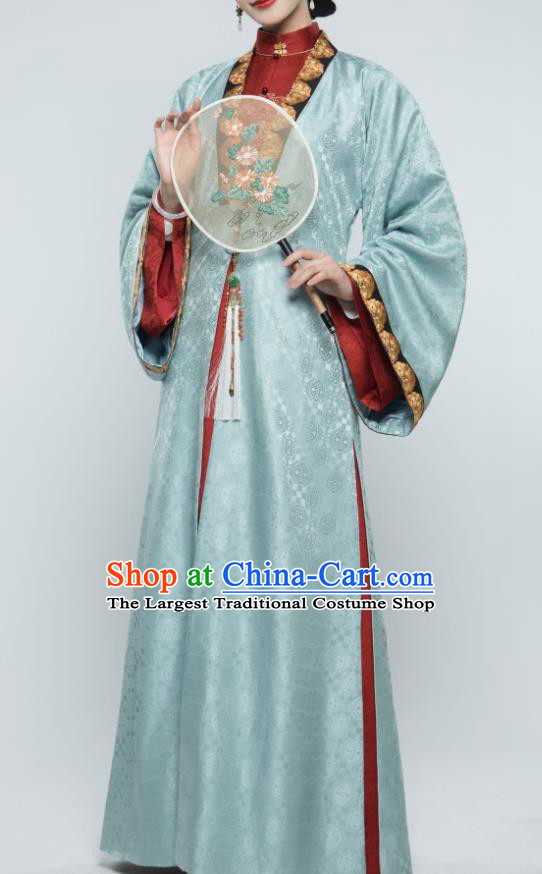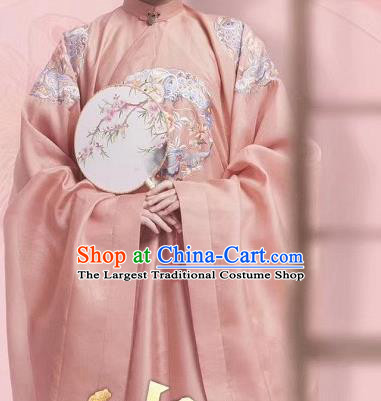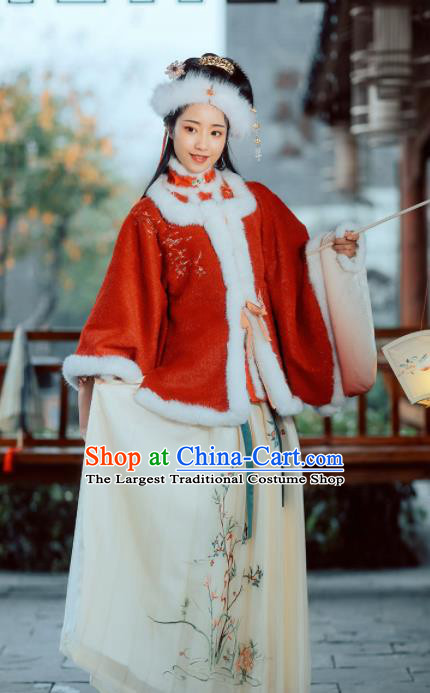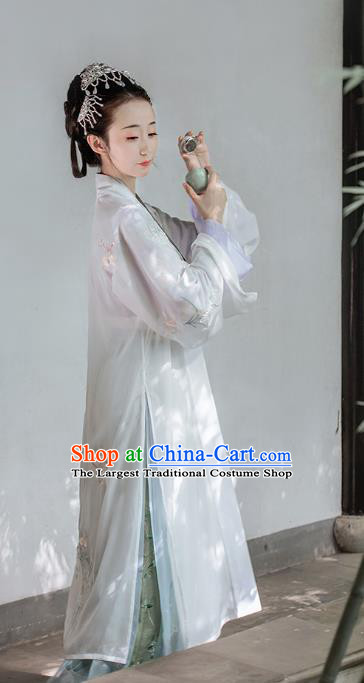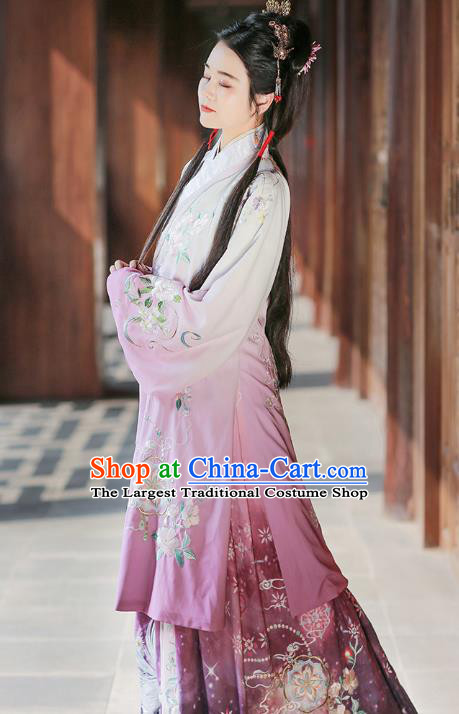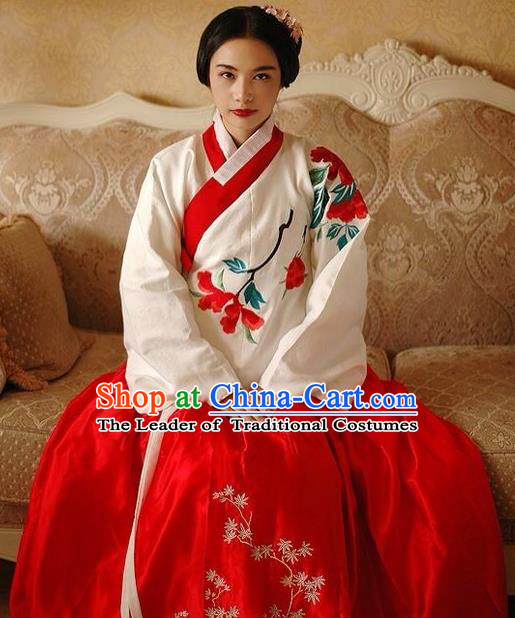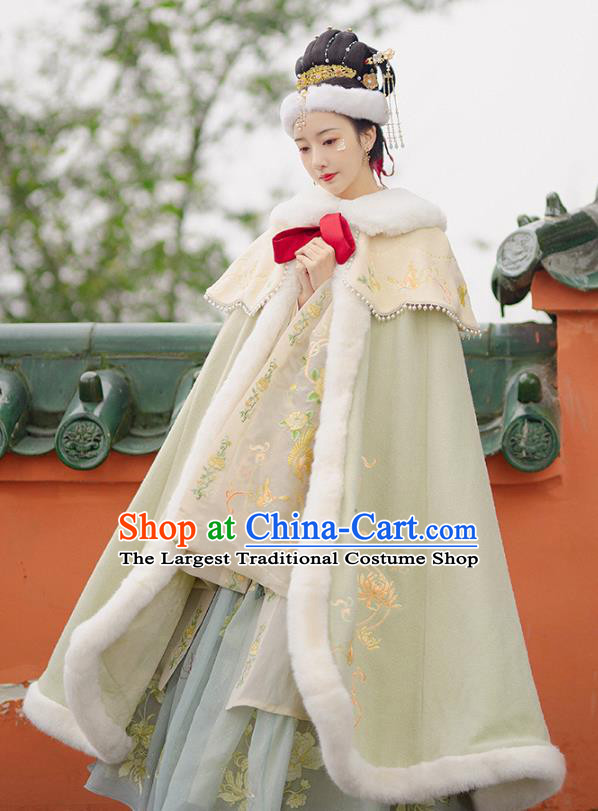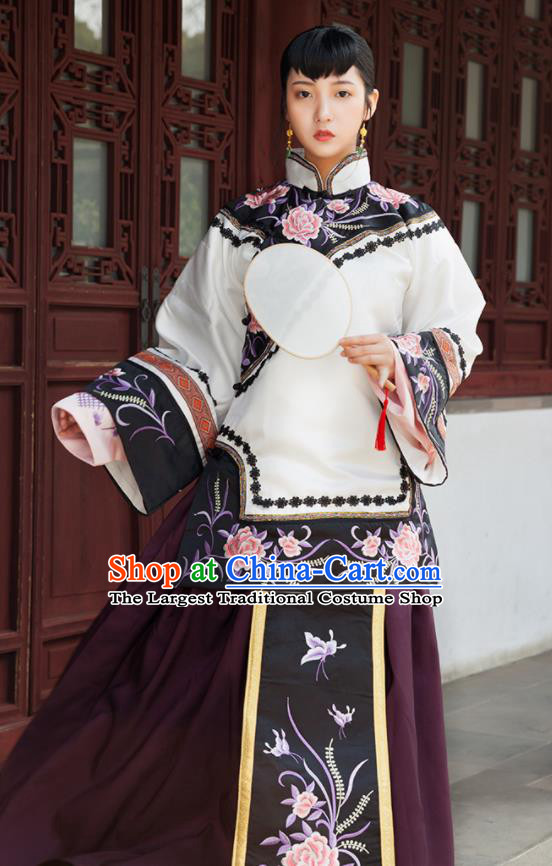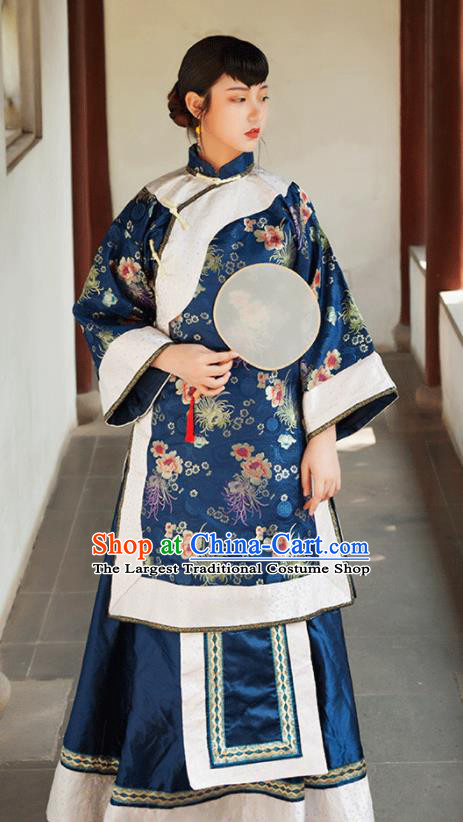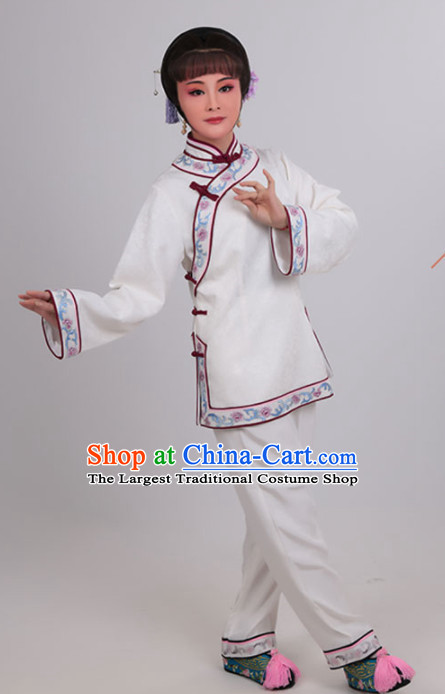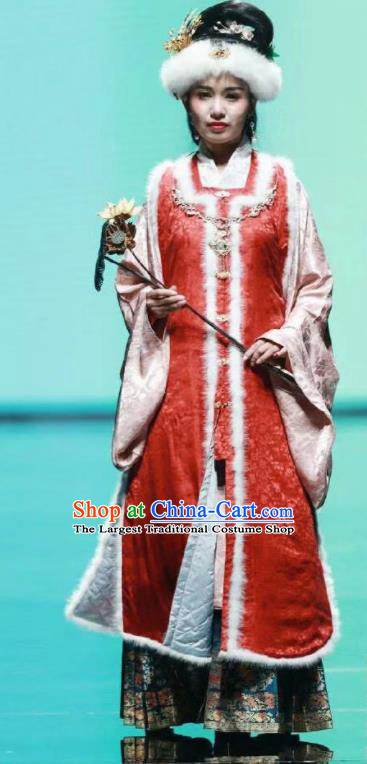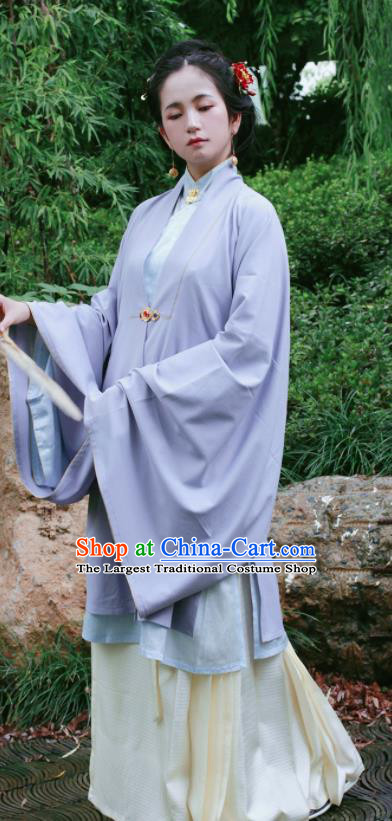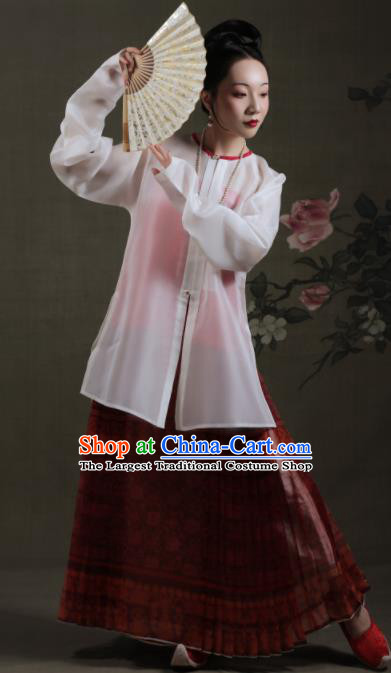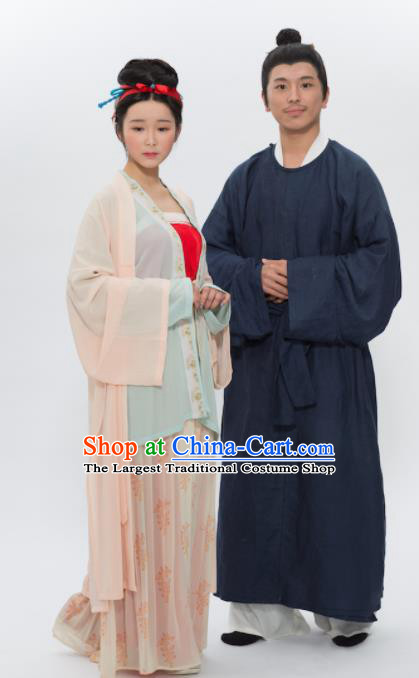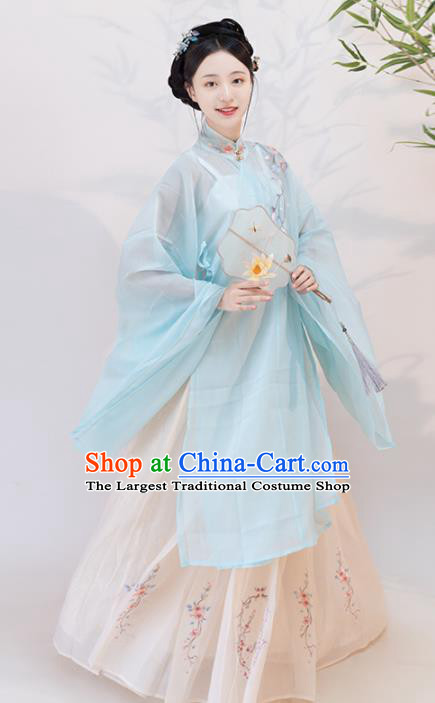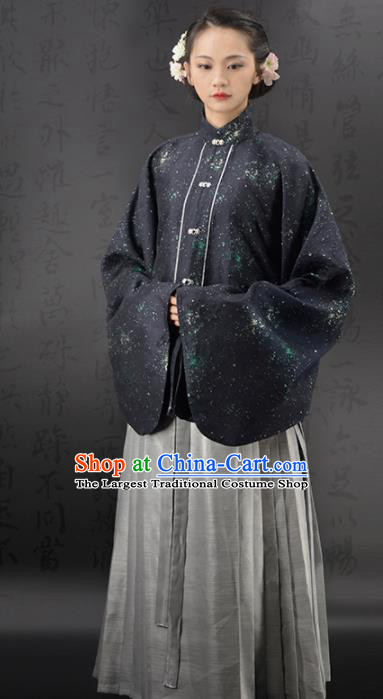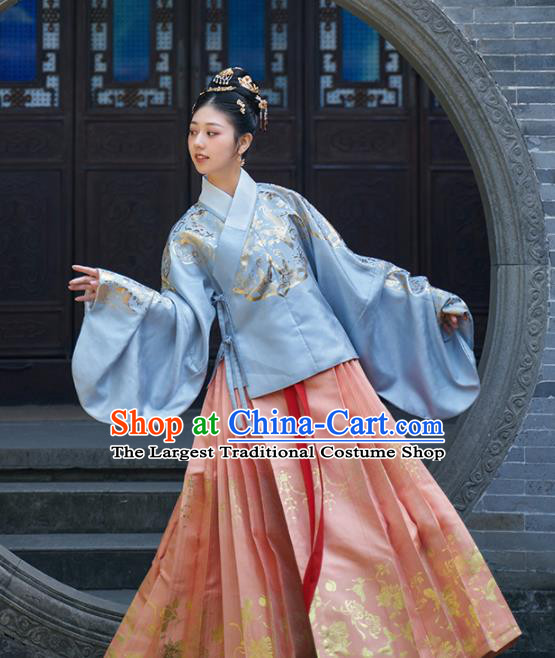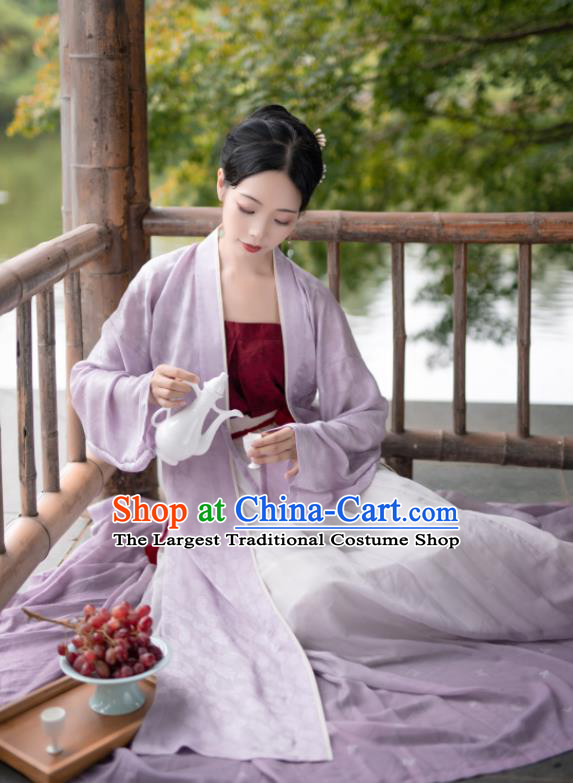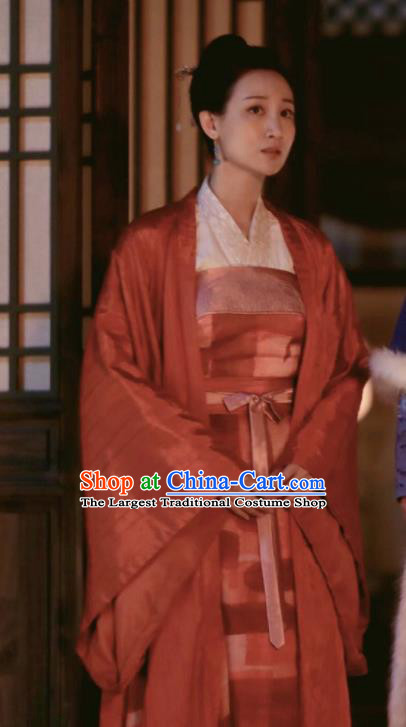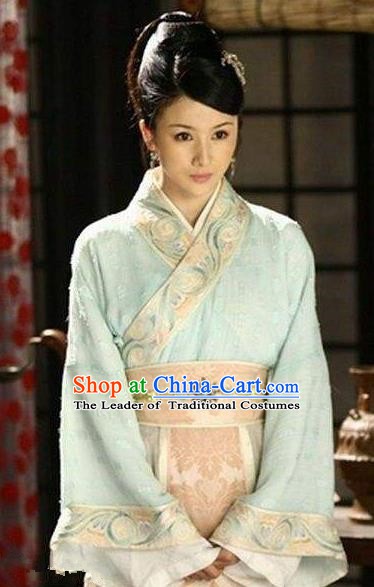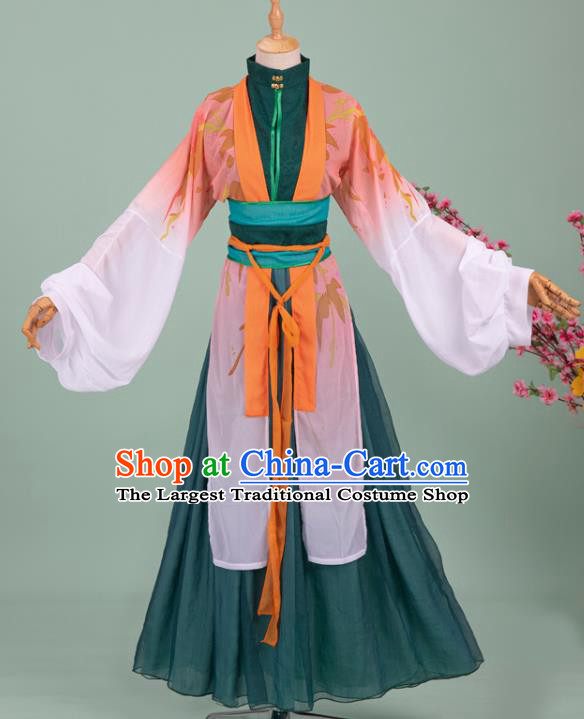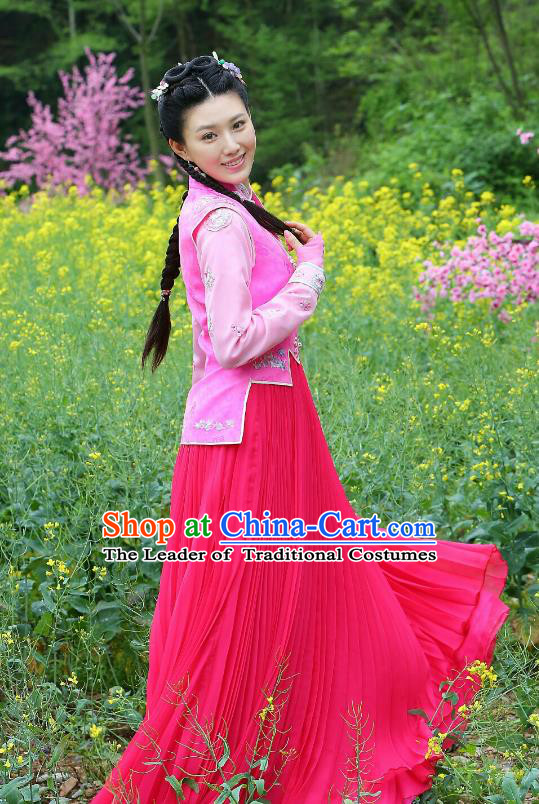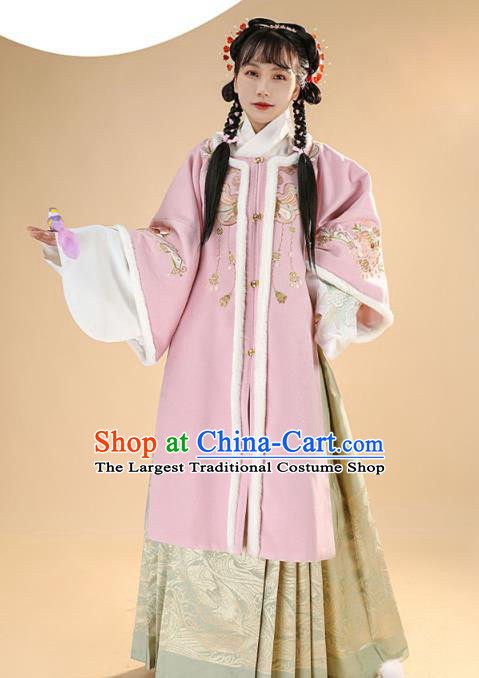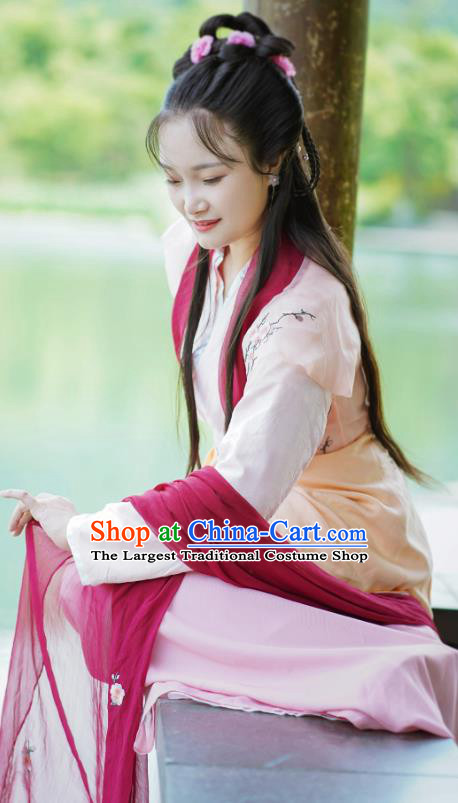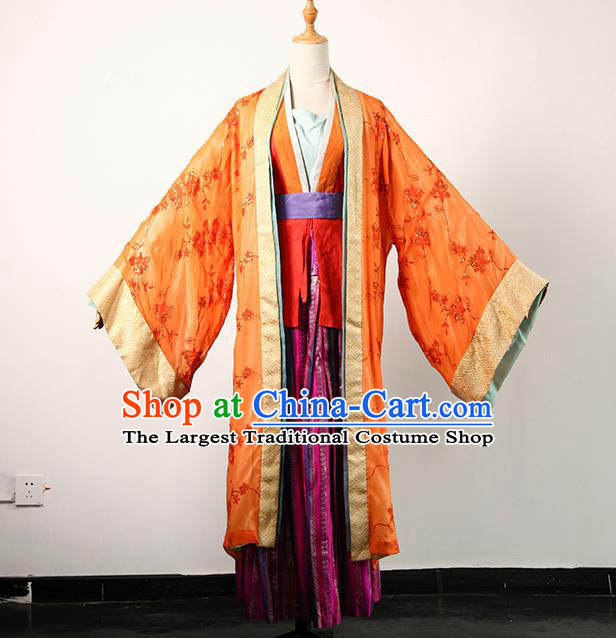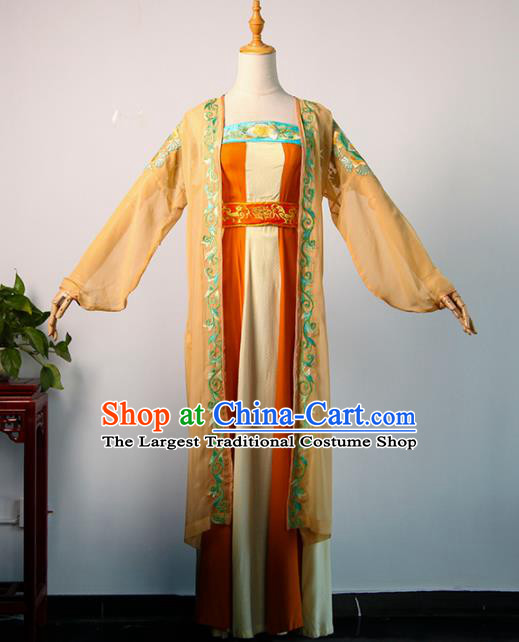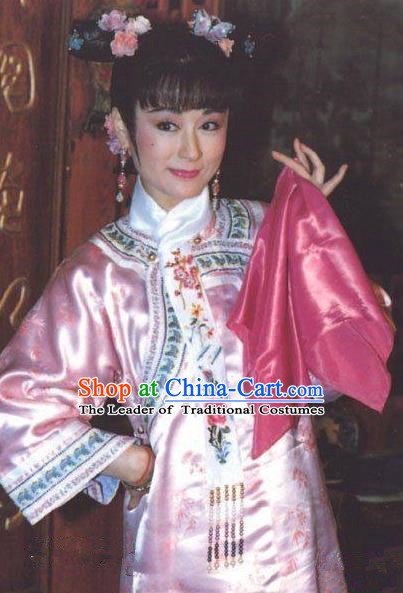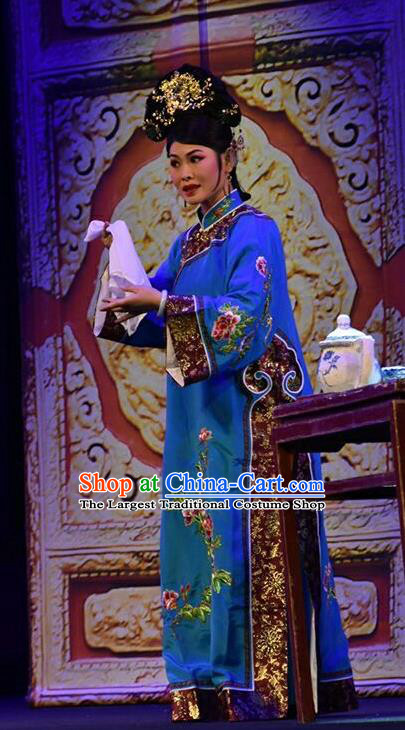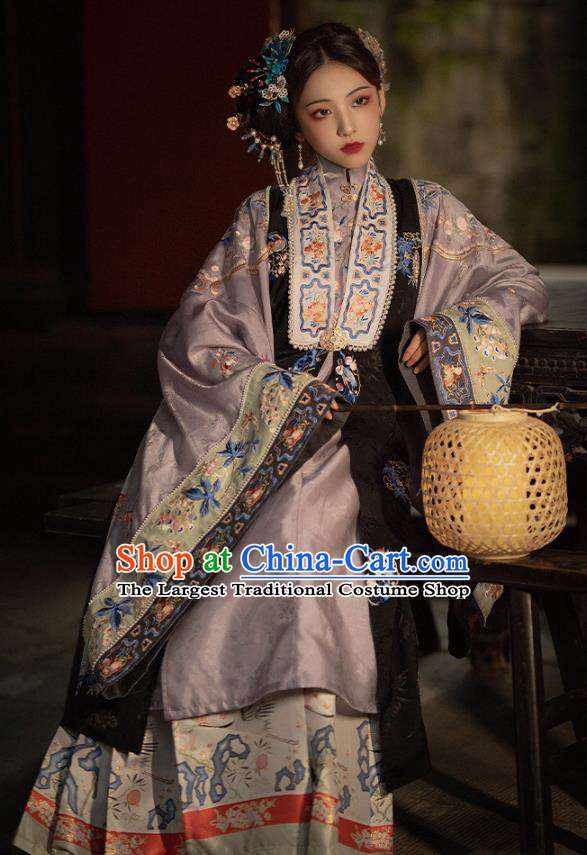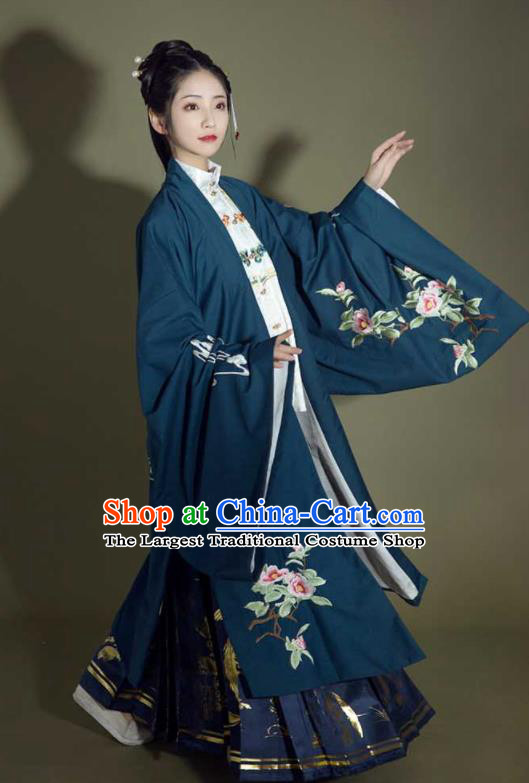
Click Related Pictures for More Audios:
:
Traditional Chinese costumes, especially the Xiuhefu of the Qing Dynasty, are garments full of historical significance and cultural connotations.
They represent traditional concepts of ancient Chinese women in terms of marriage, family, and social status.
This type of clothing is renowned worldwide for its elegant design, exquisite craftsmanship, and rich symbolism.
The Xiuhefu originated during the reign of Emperor Kangxi in the Qing Dynasty (1662-1722), when the emperor began promoting this new dress to elevate the status of women in the palace.
The name "Xiuhefu" comes from its unique design, which includes a high collar, long sleeves, a wide waistband, and a skirt with multiple layers.
These features make it both elegant and practical, suitable for various occasions.
During the Qing Dynasty, the Xiuhefu was one of the main dresses for women, particularly among royal and noble families.
It not only reflected the fashion trends of the time but also reflected the social hierarchy and gender roles.
Women who wore Xiuhefu were often considered beautiful, noble, and well-educated, and their status and power were often commensurate with their attire.
In addition to being worn as formal attire, Xiuhefu has a wide range of applications in daily life.
Many women would wear it as part of their everyday attire or on special occasions such as weddings, celebrations, or banquets.
The versatility of this garment makes it an eternal fashion choice that attracts the love of countless women.
Today, although modern fashion has replaced many traditional garments, Xiuhefu remains loved and respected by many people.
As a cultural heritage item, it reminds us of past glorious times and the lives of women in those eras.
At the same time, it is also an art form that demonstrates the superb level of ancient Chinese textile techniques and the pursuit of beauty.
In summary, traditional Chinese costumes, especially the Xiuhefu of the Qing Dynasty, are garments with rich historical significance and cultural connotations.
They represent traditional concepts of ancient Chinese women in terms of marriage, family, and social status and showcase ancient Chinese aesthetic values through their elegant design, exquisite craftsmanship, and rich symbolism.

